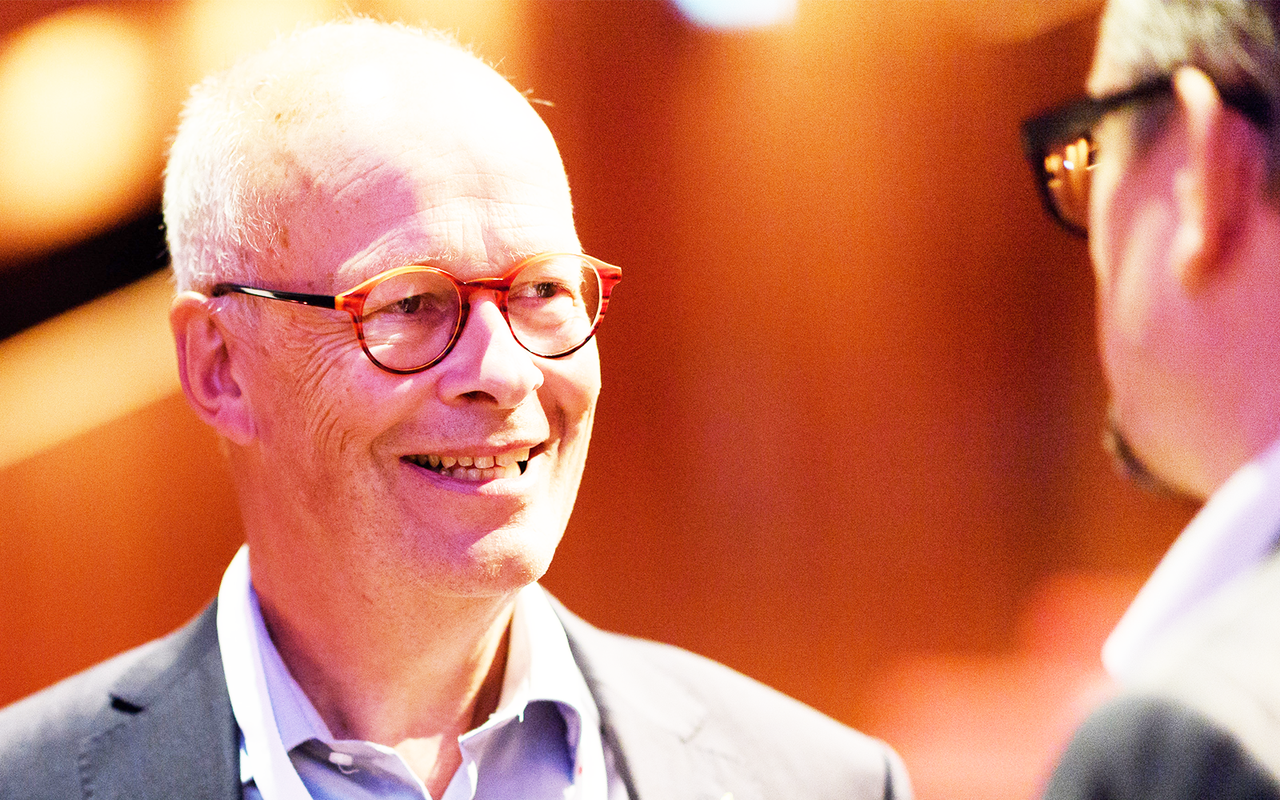Good Light is as Important as Good Food and Good Air
Scientific studies make very clear that good light is crucial for our health and well-being. Good light does more than enable us to see. It is the most important “zeitgeber” for our brain and body and synchronizes our internal circadian clock. Why are the scientific findings so often not being applied in practice and must we all spend our lives in biological darkness?
In every issue of the LpR magazine authors write interesting articles about the non-visual effects of light. Subjects like human centric lighting, circadian, day-night, biophilic or integrative lighting. But in the market you hardly see these themes executed. Indoor lighting practices have not evolved with scientific insights. The focus is on providing light that is good for vision, sometimes on creating atmosphere and foremost on energy efficiency. The lighting levels are too low and too static to have any positive impact on the human circadian clock. More than five billion people spend their lives indoors. Why this continued focus on energy efficiency and not, with the same urgency, a focus on the health and well-being of users of indoor lighting as well?
There are many specialists in this field working for lighting companies and lighting design studios. They give excellent presentations and publish valuable insights. On their websites you can read about the importance of light for well-being. But it does not penetrate further. Their customers, real estate companies, facility managers, building installation engineers, etc. are not well informed about the crucial influence of light for health and well-being. The users of buildings, over five billion people that live, work, learn, care, study, etc., daily in electric light have no clue at all.
“Good light is as important as good food and good air. Educate your customers and the public that good light is an easy way to improve health and well-being.”
–Jan Denneman
Users think that light is good when it is good for visual tasks and when it is pleasant for the eyes. Nobody taught them how good light can influence their health and well-being. Why does the general public know so little about the health effects of light?
Why doesn't the industry massively focus on the well-being aspect of good light and start a 'light and well-being revolution'? Let's assume that the main reason for the existence of the lighting industry is to provide people with good lighting. Not only sustainable, but good. People understand that good food is important. It improves body and health. People also have an understanding of what good food is. The same goes for good air. People have an understanding of what good air is: no fine dust, no smoking. They know what it brings them.
Let's make this happen for good light as well, so everybody knows how important good light is. Explain that good light enables better sleep, more daytime energy, better moods and improvements in our resistance to several diseases. Explain what good light is. It is daylight or electric light with comparable beneficial effects on the brain and body. Explain that indoor lighting needs to be at least five times more intense and more dynamic than in current lighting practices in order to be good.
Make good light a priority and show it by demonstrating exemplar solutions for good light. Educate your customers and the public that good light is an easy way to improve health and well-being.
Good Light – Good Life. J.D.
___
© 2021 LED professional / Luger Research e.U.

